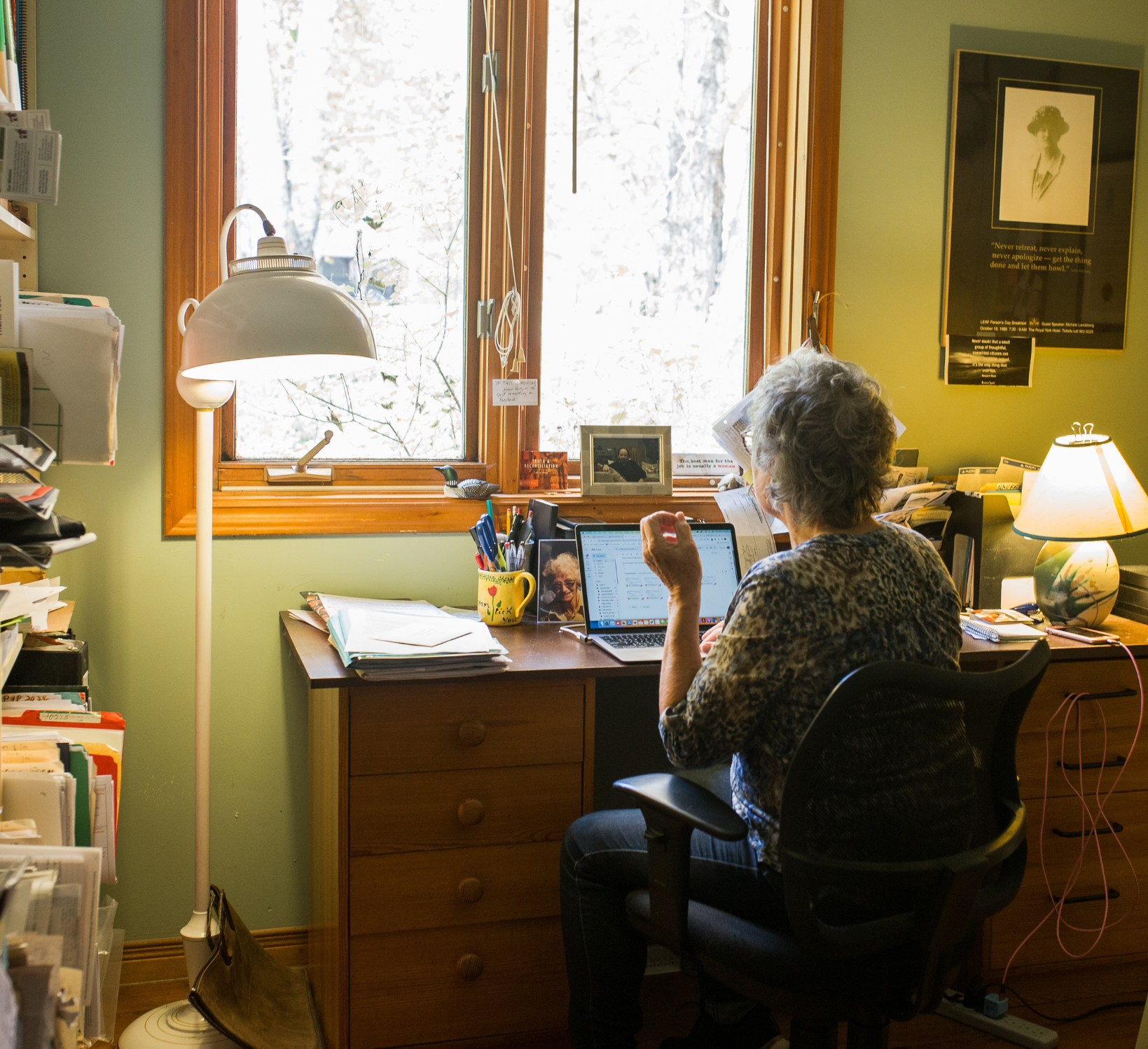
“Homelessness in rural areas tends to be invisible,” says Fay Martin. She’s speaking from experience living and working in Haliburton County, which she describes as “cottage country” just over 200 km north of Toronto.
Fay’s the founder and current vice president of Places for People, an organisation providing quality affordable rental housing in the county. Places for People has been at this since 2007, working their way up to 12 affordable units across five properties — a big feat for a primarily volunteer-led, small team. But this determined team has decided the time is now to scale up their operations.
“The need [is] so incredible,” says Fay. Haliburton County has higher than provincial average rates of unemployment and child poverty, owing in part to the area’s primarily seasonal economy and low-wage jobs. And even though more than half of the county’s houses are occupied only in the summer months, many permanent residents struggle to find decent, affordable housing where there isn’t much rental housing at all, let alone affordable units.
Meanwhile, in rural areas, people without access to housing tend to couch-surf or sleep in their cars rather than on the street, making the issue of underhousing “invisible,” as Fay points out, and therefore hard to address.
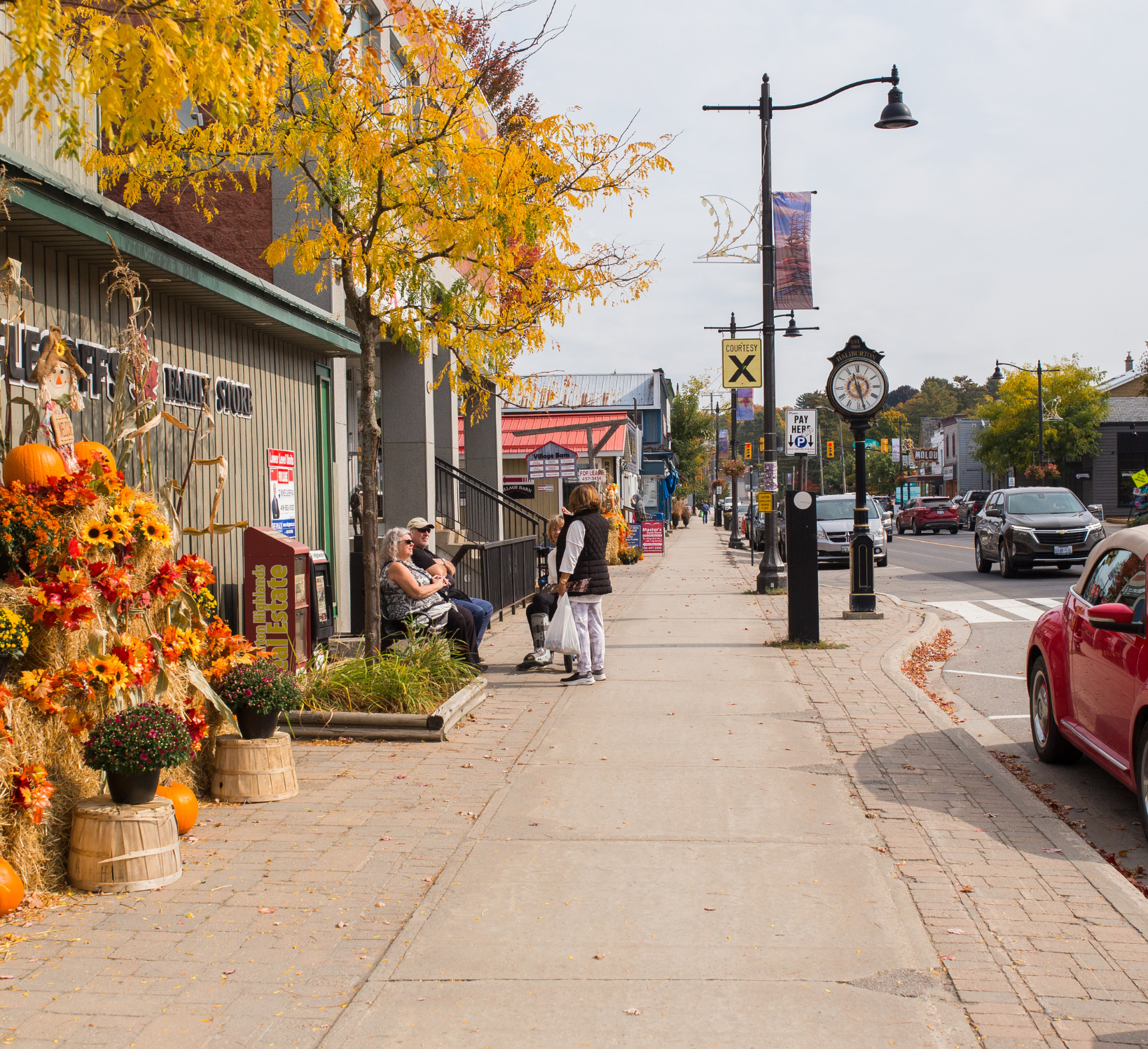
So, they enlisted the support of the local community, successfully raising $850,000 in just 10 weeks via community bonds. (New to the world of community bonds? Learn more here.)
Jody Curry, Places for People’s president, says their campaign’s success is a testament to the power of community. Ten weeks is a short timeline for a community bond raise, but, Jody says, “we knew our community and we knew what kind of support we have.”
The organisation eventually plans to build a two-storey, 16-unit apartment building. The community bond capital won’t directly fund this project, but it will help them get there: “I call it a ‘so-that’” fund,” Jody says. “We [did] this community bond raise so that we will put ourselves in a position financially to build more houses within the next five years.”
Specifically, the $850,000 will help Places for People refinance the properties they currently own and consolidate their assets — making it easier to act fast when new properties become available.
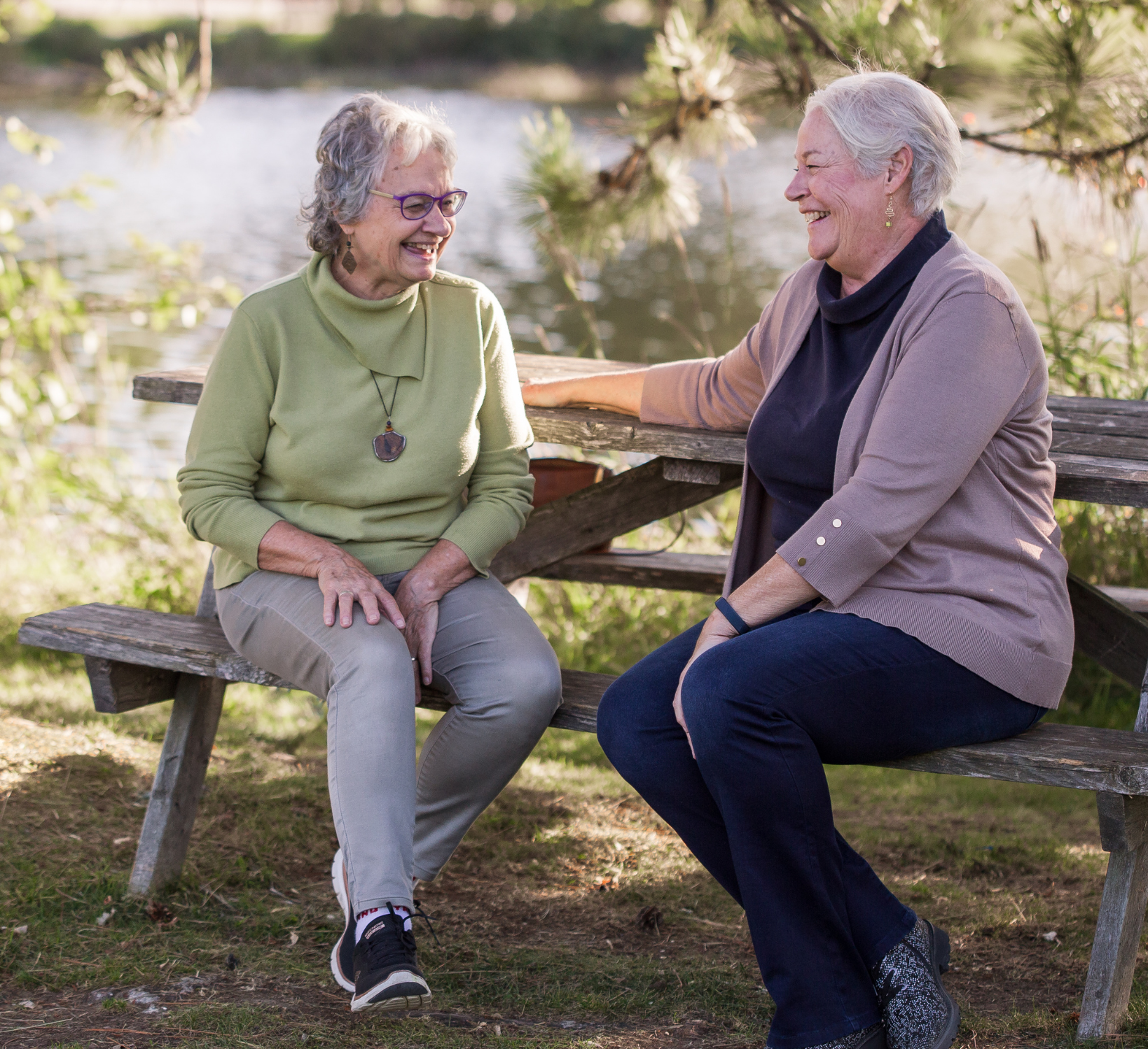

Step 1: Learn
From the beginning, Jody and Fay knew their community would be on board with the idea of community bonds, because it was already supporting their work in tangible ways. “That was part of the model right from the giddy up,” Fay says: all Places for People mortgages have been held by people who live in the Haliburton community.
This kind of support for one’s neighbour is baked into the culture in Haliburton, both Fay and Jody agree. “It’s doing for the community what parents do for their children, grandparents do for their grandchildren, friends do for friends,” Fay says. “This is just the same thing happening at the next level. The idea of going to community bonds was just a really natural next step.”

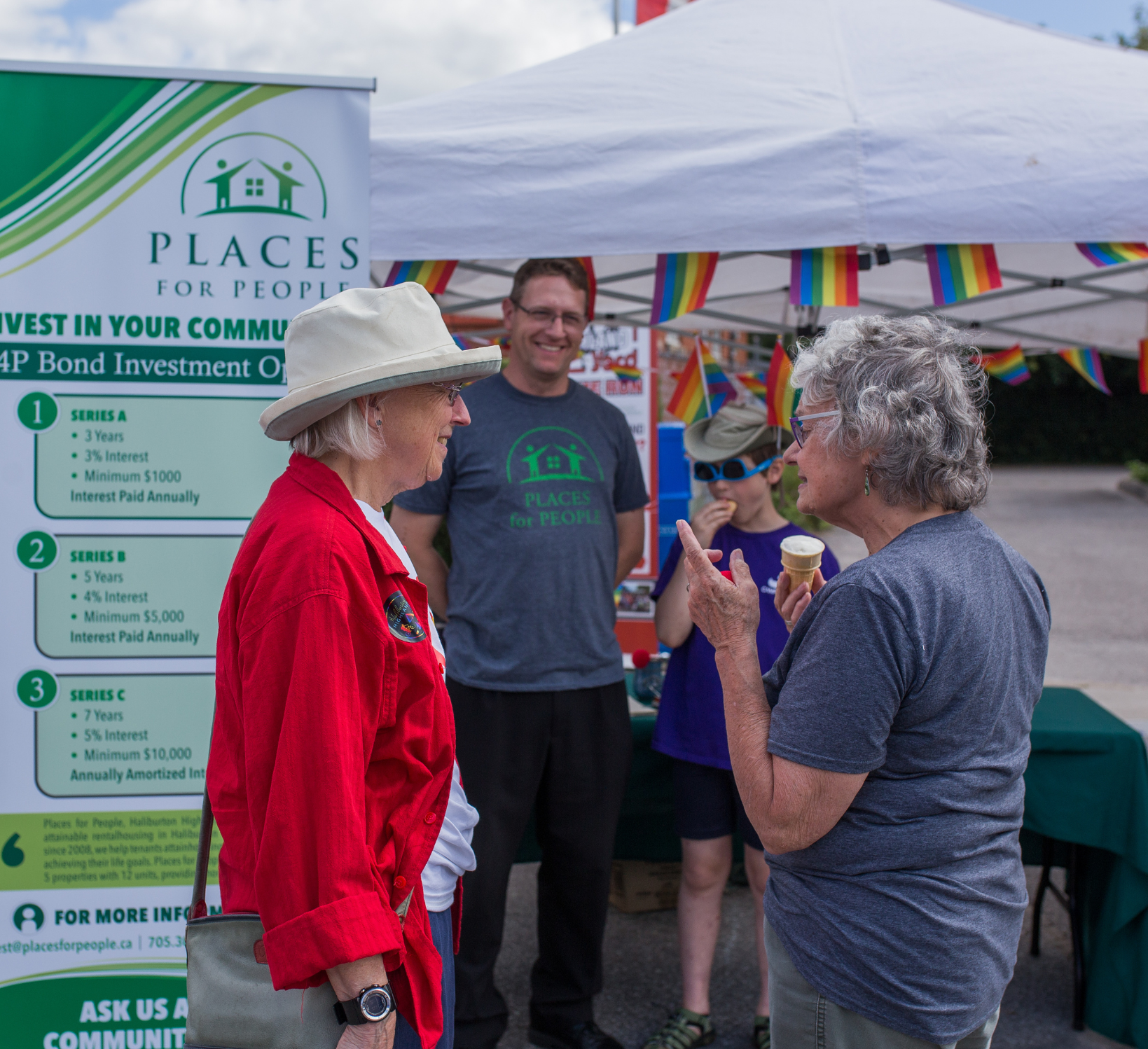
But in the initial phase of working with Tapestry — during which all clients participate in an introductory workshop to learn about community bonds and explore whether the model is a good fit for them — the Places for People team learned about a few other key advantages of raising money through this social finance tool.
One was the potential to leverage a successful raise for other funding opportunities. “Now we are proving to a bigger lender that we have the community’s backing,” Jody says. Having a paper trail of the number of community members Places for People can rely on for support is important. Having always leaned on Haliburton’s culture of community care, community bonds help the organisation in “formalising what’s already happened,” Jody adds.
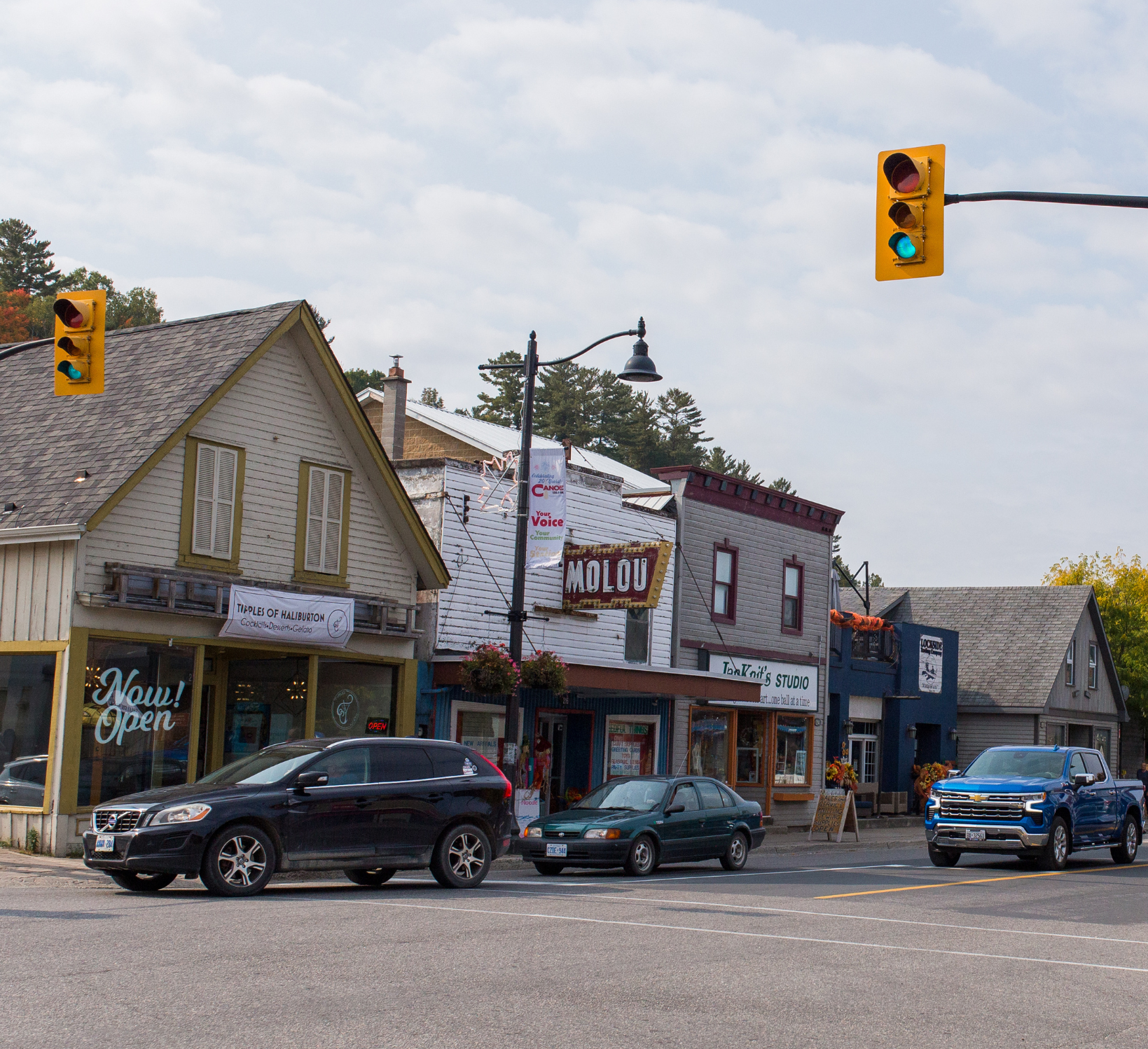
Haliburton has changed over the past few years, too, with many moving from Toronto and other cities to more rural dwellings or buying summer cottages during COVID-19. While Jody suspects the market may cool in the coming years as some move back to the city, part of Places for People’s mandate is spreading the word to new arrivals — and longtime seasonal cottagers, too — about the county’s lack of affordable housing.
“The people who come up here in July and August experience a different world than in January and February,” says Fay. In the summer, cottage-goers experience a bustling economy, but come fall, local businesses struggle and seasonal workers lose their paycheque.
Community bonds have helped Places for People communicate just what that means for housing. “Just as important as raising the money is raising awareness of what the true situation is here in the county,” Jody says.

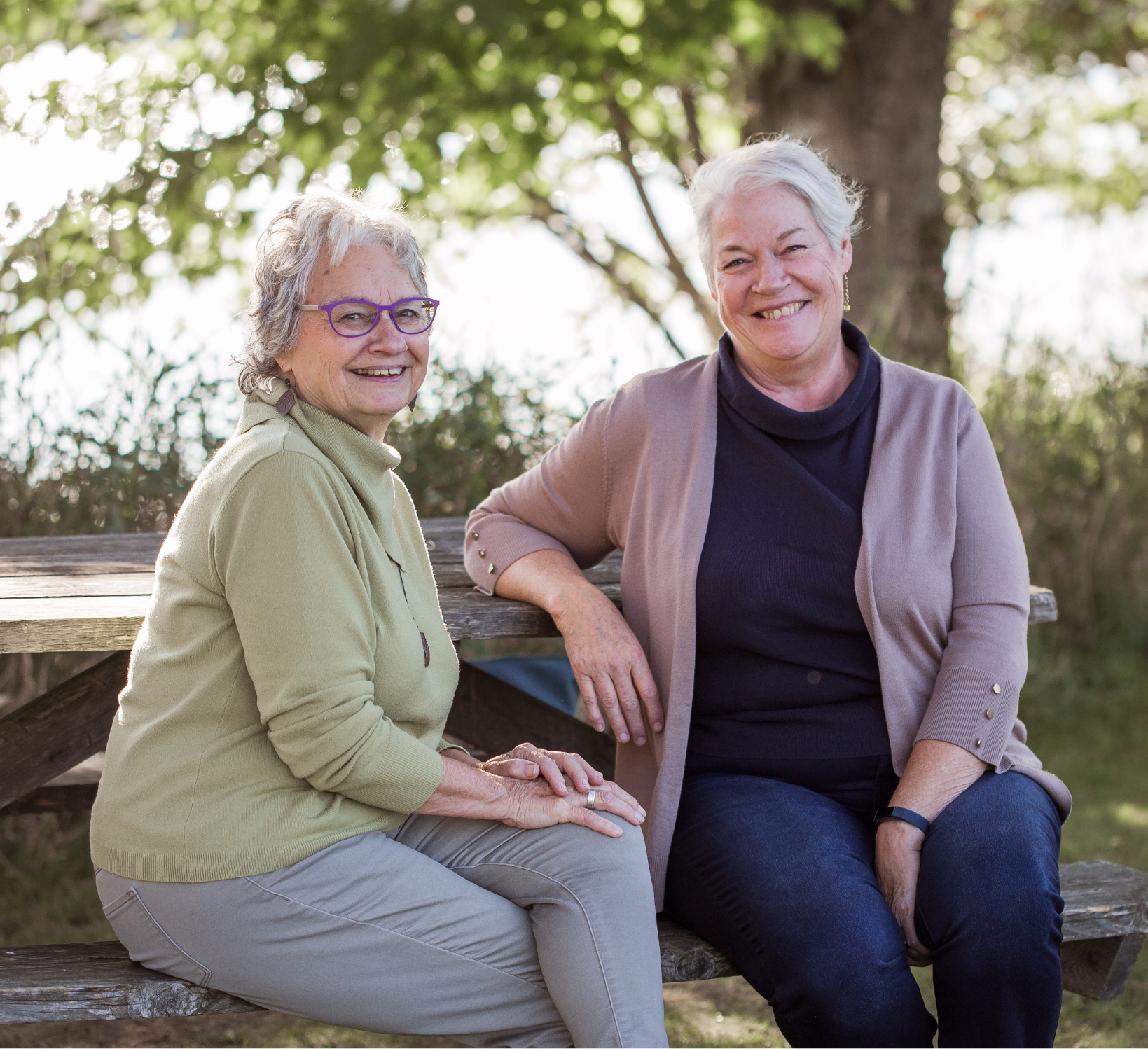
Step 2: Prepare
After clients decide to move forward with a community bond raise, the next step is to put together all the documents and materials needed to launch a campaign, with the help of the Tapestry team.
Through this process, Places for People held a series of consultations with Haliburton community members and would-be investors. “We sent them what our pretty pages are going to look like, our bond sheet, and they ripped it to shreds — which was exactly what we needed,” Jody laughs. The group told Places for People to simplify their offerings and make their materials more concise. “They know so much more than we do, and it was fantastic. They’re still involved, and a lot of them are also people who are buying investments.”
The offering
The Places for People team ultimately decided on three bond offerings:
The first is a minimum $1,000 bond repaid after three years, with 3 per cent interest paid annually.
Next is a minimum $5,000 bond repaid after five years, with 4 per cent interest paid annually.
And last up is a minimum $10,000 bond with 5 per cent interest and part of the principal investment each paid annually over seven years.
Fay says it was important to her and the team to have a low minimum investment, so that grandparents could buy bonds for each of their grandchildren, encouraging an intergenerational and lasting fight for affordable housing in the community.
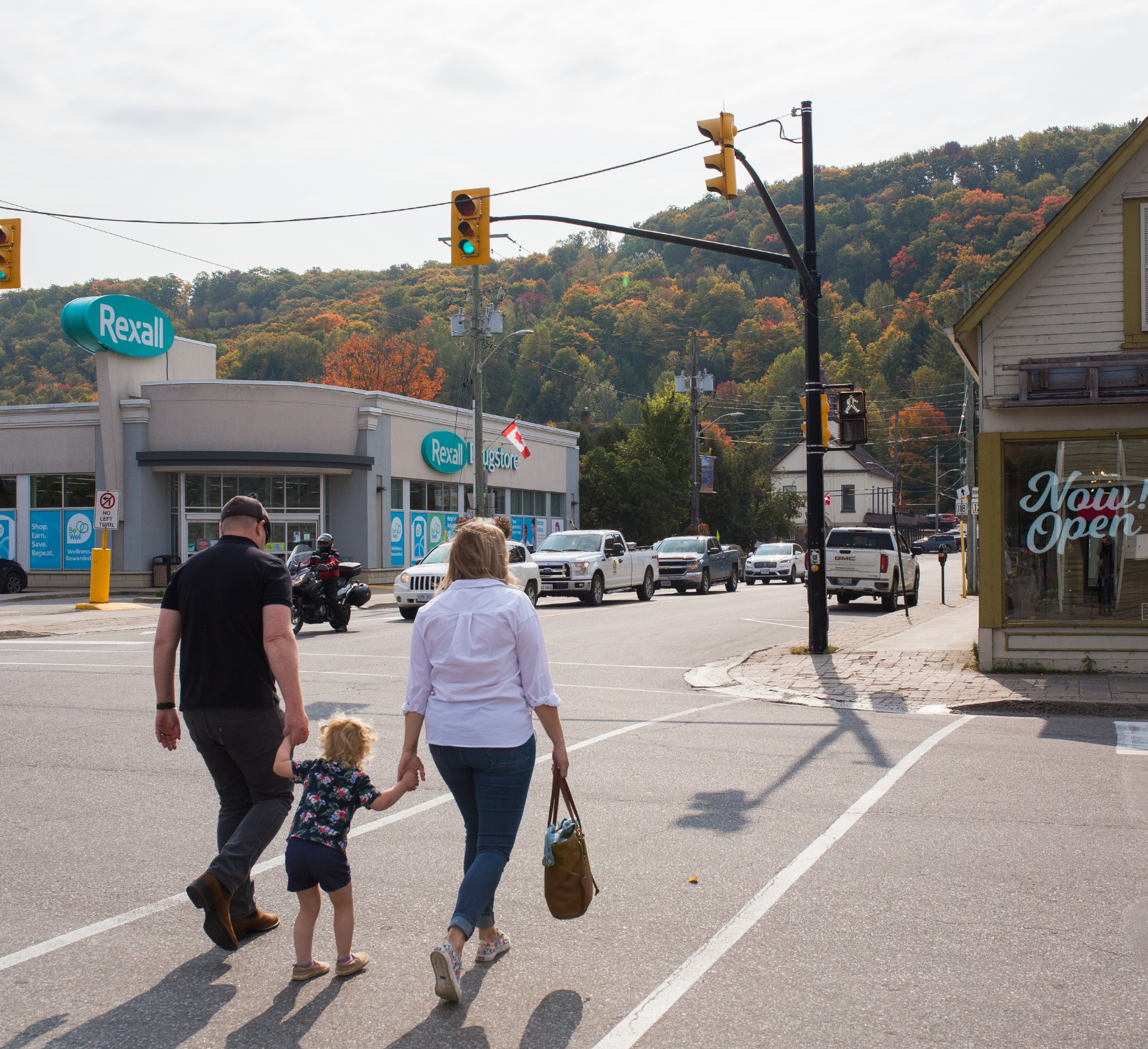

Step 3: Raise
Bigger investors got in on the action, too. Early in the campaign, Places for People attracted a $50,000 bond investment from the Haliburton Community Development Corporation, an organisation that supports economic development in the county through loans and other funding for local nonprofits and businesses. “They’ve been very, very helpful,” Jody says. “And they’re all local people.”
It gave them a boost of energy as they talked — to everyone they knew — about the campaign. “We’ve got one guy on the board who belongs to a cycling and paddling group, so he mentioned it while cycling and paddling. I mentioned it to my book club and my choir,” says Jody. “We all went about it in a very grassroots way.”
And the message was clear: Help house the people who make Haliburton a great place to spend your summers. “If you want to invest with Google and improve the world by giving Google more money, of course, you can do that. Or you can use just a little bit of your money and help house the people who pump your septic,” Fay says. It’s about helping people understand that if they want to experience the benefits of cottage country, they’ll need to rally around the workers — restaurant servers, house cleaners, landscapers, and more — whose work, and therefore housing, becomes precarious in the winter months.
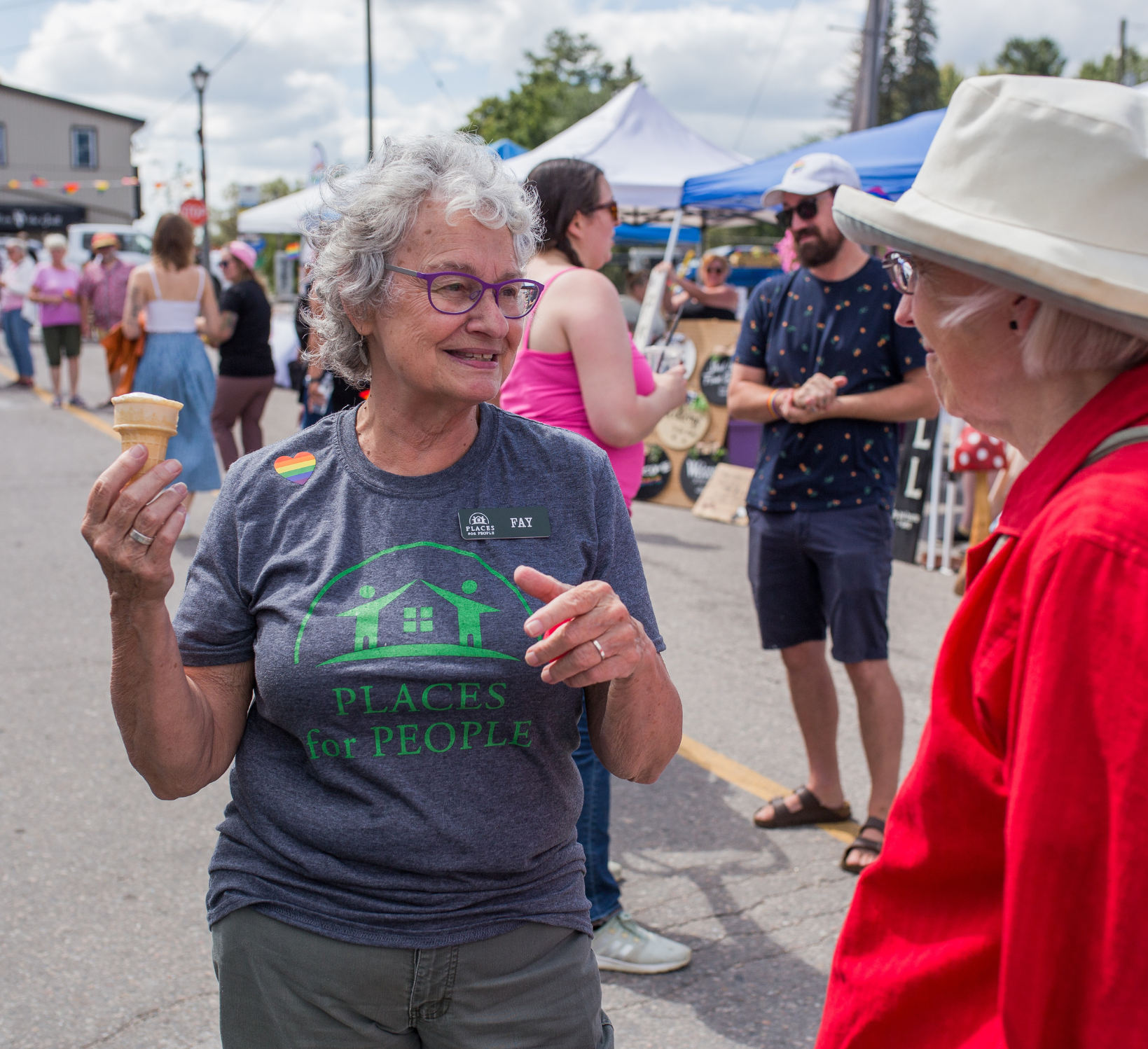

Jody says the campaign went even better than the team expected, but not without its challenges — one being explaining the concept of community bonds to potential investors. Places for People has an established identity in the community as a charity, and “people still are having trouble with the concept that a charity isn’t asking for a donation; we’re asking for you to invest. That’s a big misunderstanding,” says Jody. Part of their efforts have been explaining the benefits of this, too: the returns from community bond investments go back into the community, ultimately helping to build up the local economy.
Another learning curve, for Jody, was talking to reporters about Places for People’s work — and the campaign got lots of press, from local news to BNN Bloomberg and Global News. “I’m a really big introvert,” Jody says. “But I’m learning a lot and I’m getting more comfortable with it… I don’t know how people do that for a living. But they’re extroverts, and they’re not comfortable for hours looking at balance sheets and making sure that the numbers add up. And they’re not comfortable answering 35 emails a day, but I am. So you need all types to make it work. And we’re lucky, our organisation has all types.”

But all the press paid off, Jody says. More than a third of the bonds sold to people outside of Haliburton County (though some could have been people with primary addresses elsewhere but cottages in the county), indicating to Jody that they reached — and persuaded — national supporters.
One surprise that came from all the buzz, Jody says, was the number of other community development groups who wanted to hear about Places for People’s experience raising community bonds. During the campaign, the Places for People team sat down with another local group who want to build a performing arts centre and are interested in community bonds as a way to raise the money to do it. Jody says she was happy to share tips and experiences, especially with others who want to contribute to Haliburton County’s community.

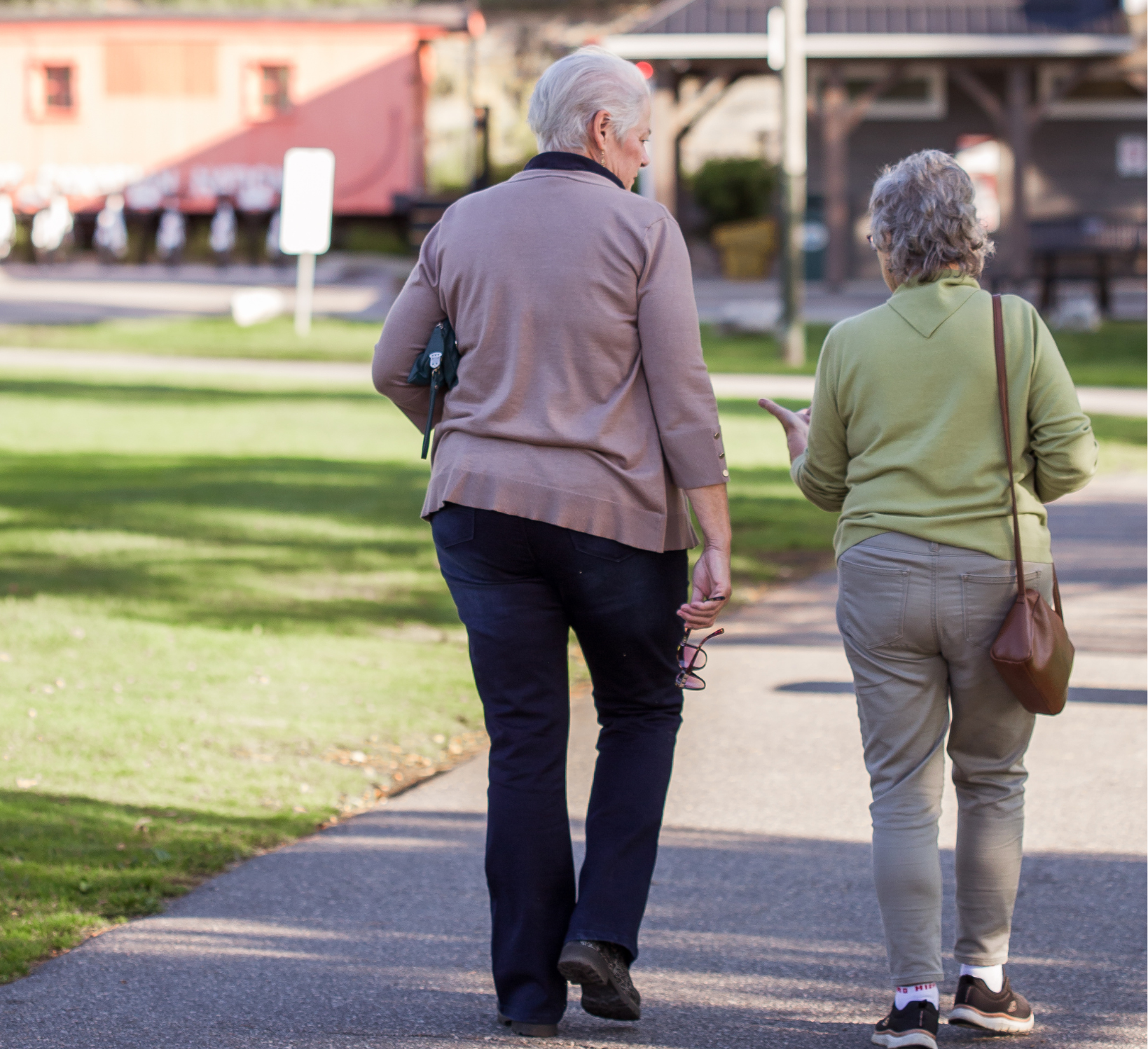
The next steps
Places for People’s first bond has wrapped up, but Jody suspects it won’t be their last. “We have no choice, until the government steps up and helps organisations like ours. And I don’t mean the local governments — they’re doing everything they can. I mean the big boys. Until people in government are prepared to look beyond cities, and really understand the grassroots of how things happen, and really celebrate and support that, we have no choice, we’re just going to have to keep [raising money from the community].
“And quite frankly, I don’t mind.”
